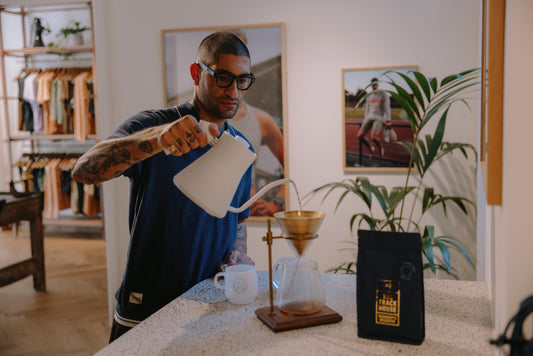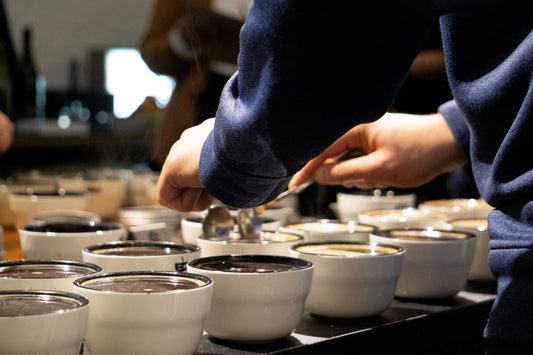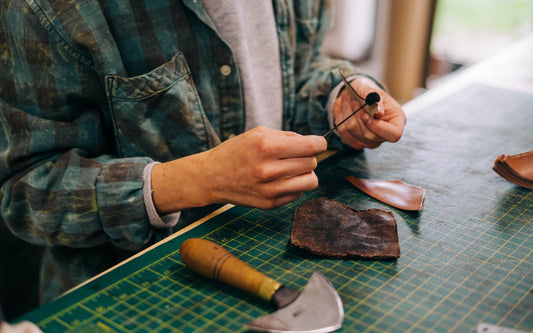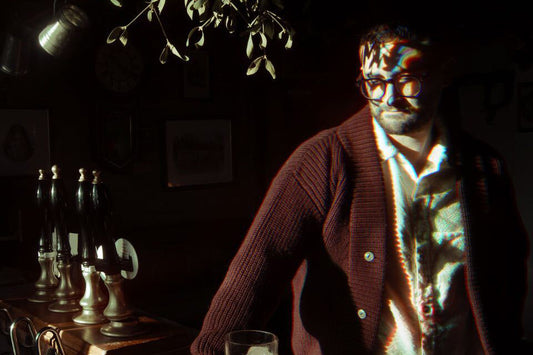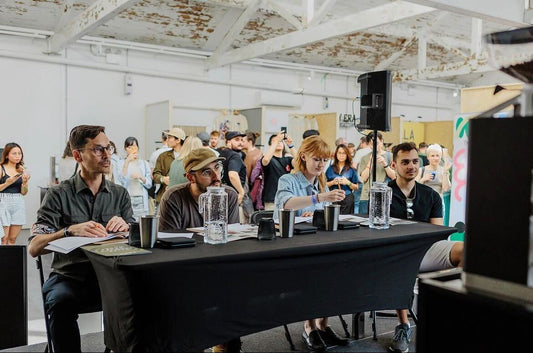
Our planet is bordered, split and segmented by two natural forces, oceans and mountains. Both are dominant features of any landscape, and wildly untameable. For centuries, people have been drawn to the top of one, and to the other side of the other.
In February we crossed an ocean, and it changed our lives forever. So naturally, we turned our heads skywards to find our next challenge. Neither of us have experience mountaineering, neither have we climbed or walked up anything notable.
In fact, the only time we have gained altitude on snow is via a chair lift.
Mont Blanc was the obvious choice. As the highest and most prominent in The Alps, its jaw-dropping beauty drew us in immediately. However, after some light-reading, it soon became clear that the white mountain was not a creche for aspiring mountaineers, but has in fact claimed more lives than any other mountain on earth. Rock-fall, hidden crevasses, fast-changing weather and the constant threat of avalanche makes the climb a far more treacherous endeavour than we had initially imagined.
Regardless, we had committed by this point, so that was that.
We arrived in Chamonix on 25th September, and spent the first few days at altitude, climbing the tallest peak in Italy, Gran Paradiso (4,061m). This was a ‘warm-up’ for the main event and would allow us to acclimatise to the altitude, train with an ice-axe and get used to the use of crampons. In the darkness of the early morning, as we were briefed on the day ahead, we sipped nervously on a batch of Loma Linda Pulped Natural.
The casual jaunt we were expecting never materialised. Instead we were put through our paces, scrambling over exposed rocky cliffs and shown the true power that altitude can take on the body. Compounding our problems, we'd forgotten the lunch we'd prepared for the 7 hour climb.
As we reached the summit (in a needlessly quick time) we began our descent of the mountain, until we were stopped in our tracks. We were severely dehydrated, seriously hungry and had a 4-hour descent of Gran Paradiso in front of us. We continued forward, but apprehensively. Our legs would not respond and our heads thumped due to the lack of oxygen.
In short, we learnt some sturdy lessons the hard way.
 24 hours rest in Chamonix offered the chance to meet our guide and discuss the plan. We would spread the climb over 3 days. with day one would consisting of a slog from the valley floor up to the Gouter Hut (3,815m). We'd then attack the summit on day two before returning back to the Gouter Hut and making our descent to Chamonix on day three.
24 hours rest in Chamonix offered the chance to meet our guide and discuss the plan. We would spread the climb over 3 days. with day one would consisting of a slog from the valley floor up to the Gouter Hut (3,815m). We'd then attack the summit on day two before returning back to the Gouter Hut and making our descent to Chamonix on day three.
The days that followed were some of the hardest we have ever put ourselves through.
Day one gave us a taste of adventure, some incredible rock scrambling and basic climbing kept our focus sharp and adrenaline pumping. This was the most dangerous part of the climb, crossing long couloir’s of exposed ground prone to rock-fall, as well as scaling an intimidating face of jagged rocks and ice. At the end of day it, we arrived exhausted at the Gouter refuge, celebrating like we had already conquered the mountain.

We already had day two planned out in our minds. It was to be a day for glory, with a steady five or six-hour climb to the summit, a barrage of selfies and a casual jaunt back down to the Gouter for beers and laughs.
We could not have been more wrong.
We awoke that morning to the news of a storm fast approaching. Setting off into impenetrable winds, we drudged our way up the mountain with faces red and battered by the thin layers of ice being swept across us by the weather.
The route to the summit was a set of rolling inclines, each plagued with ice, crevasses and fresh powder from the previous night. This was officially the last climbing day of the season, and we seemed to be the only people heading to the mountains top. The lines of climbers had vanished from the months before, we found ourselves alone, isolated and entirely out of our comfort zone.
We reached the summit in 3.5 hours. This is less a testament to our mountaineering prowess than it is to our nutcase of a guide, Eric. On hearing of our voyage across the Atlantic, he decided we must be alpine machines and dragged us up the mountain at a pace not worthy of our experience. Within that time, we asked some serious questions of ourselves. Our bodies were not used to this strain, altitude and constant punishment. Our lungs screamed for air. Our heads felt close to explosion. Our legs had turned to jelly. But the summit loomed above us, urging us on, step after painful step.
At 4,809m, we stood on top of the tallest mountain in Western Europe, the clouds opened and we were greeted with the warmth of the sun. The turmoil of the previous hours and days washed away, and we simply stood their, saying nothing, surveying the landscape around us. Clouds hovered at eye-level, and distant mountain peaks glinted in the sun like an ocean of breaking waves. We'd pushed through the pain, stumbled, fallen and slid down many a slope, but had achieved what we had set out to do, and that was all that mattered.
This experience for us has opened up a new channel for adventure, and one we intend to explore. From a young age, reaching the top of something seems to be a natural instinct for humans. Whether a climbing frame, a building, or a tree, we have an obsession with being up high, and looking down at the world from above. This is probably why mountains often offer such reward for so many people.
We were incredibly lucky to be the only people on top of Mont Blanc at that point in time. Our experience was undiluted and personal and for a brief moment, we were totally cut off from society around us.

Share:


